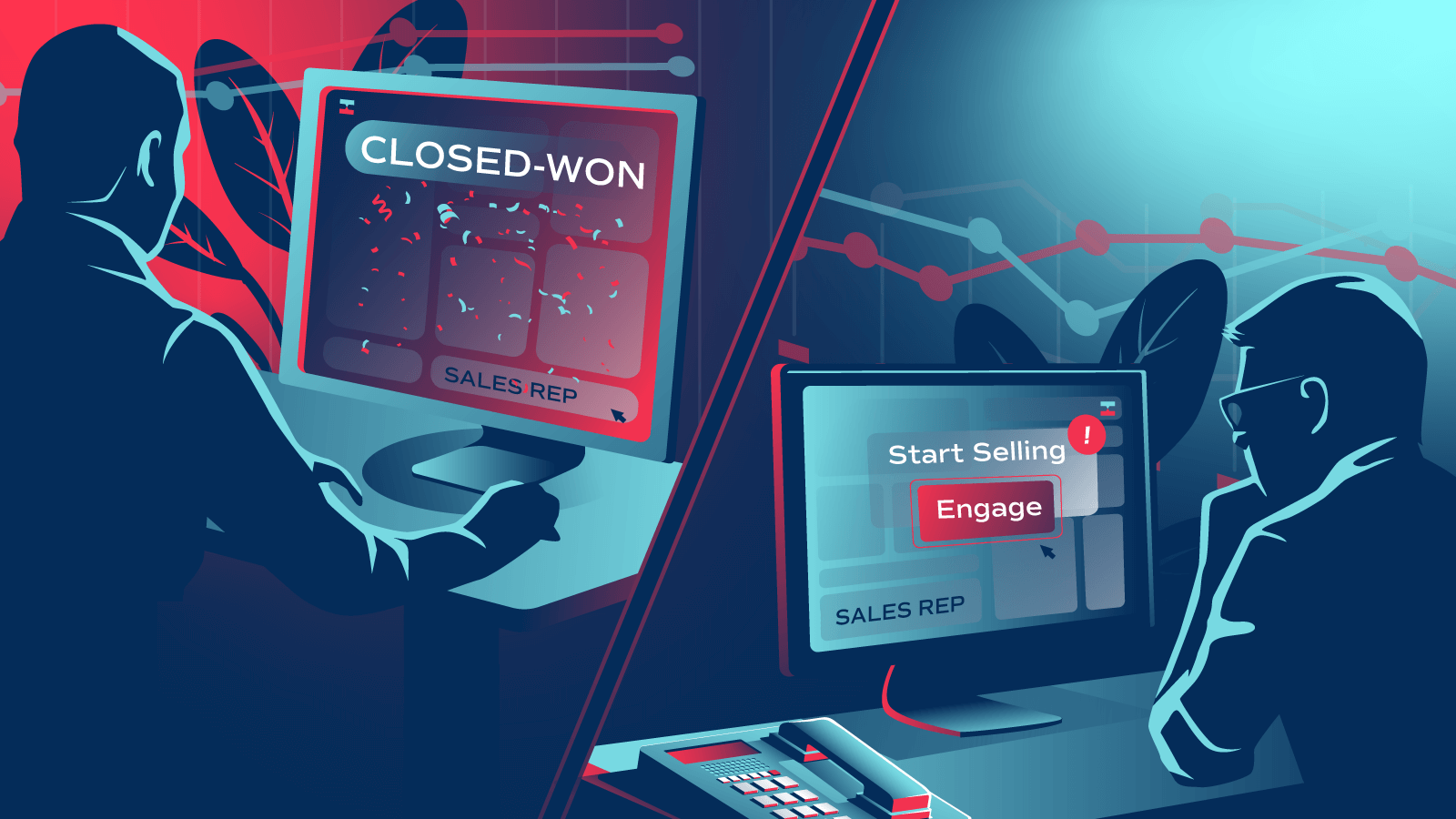If you drew a network graph of the integration partner ecosystem, a ton of nodes would connect to HubSpot. One of the 800-pound gorillas in SaaS, HubSpot has more than 300 tech partners and is an industry-leader in the bi-directional ecosystem mindset.
Andrew Lindsay is the VP of Corporate Development and Business Development at HubSpot where he oversees several teams, including the strategic partnership integrations team that’s one of the reasons HubSpot has risen to and maintained its dominance in the Marketing Automation category. Below is a selection of the insights he shared in a conversation with Crossbeam:
Edited for length and clarity.
The future of partnerships is… extraordinarily open data flows. The kind of relationship you have integrating with competitors will be the same as companies where you have no overlap at all. Customers are going to more aggressively demand that companies expand their partnership universes. The ecosystem is exploding.
To be successful, partnerships require… long-term thinking. When the question is between near-term commercial benefit or long-term customer benefit, we side with the customer. That difference is HubSpot’s major advantage. It is about the culture you create early in a business. How important is customer-centricity to your culture versus immediate financial returns? HubSpot wasn’t always a platform or a hub. It started out as a single app, a “marketing hub.” Building an ecosystem was an active choice that required major investment.
To partner with HubSpot you need to… deliver value to customers, be sensitive to guarding customer data and pass our application review. There’s no financial requirement. We’re not requiring anyone to pay us. We could ask for that, but we don’t.
Partner managers can advocate for themselves by…listening to the folks who are closest to your customers: the sales and customer success teams. We’re always hearing, “This integration is really important to me and this is why I’m picking HubSpot.”
We make reports on that. We also ask ourselves: How often are our customers telling us, say, that the Slack integration is really important? How often are they saying that this category of integration is important? When we look at our marketplace, what are the most commonly searched terms? How about NPS scores? What do the customer forums say? What is the feedback from our solutions partners? It’s evidence-based.
I am measured by… it depends. We look at partners as a way to extend our product’s value and help our customers have better relationships with us and that can be measured in multiple ways. Some partnerships are measured by the number of integrations installed – how many customers are generating value from it. Some are measured on customer acquisition or increasing HubSpot’s awareness. In addition to partnering externally, my team partners with other HubSpot teams to achieve their goals and we measure that by assessing the NPS of my internal partnership team.
I wish more partner managers thought about… community. We just did a series called “Behind the Screens” with LinkedIn, Facebook, and Google that was a series of videos educating customers about advertising and the practices that lead to the best success. That video series with all three platforms was more powerful and valuable than doing one partnership at a time. Most companies have partners where they all work very well together. Instead of one-on-one partnerships, they should be more of a community or a group. That’s something I’d like to do more of.
I’m done with… partnerships that make great press releases and nothing more. It’s easy to announce a partnership, it takes much more work to make it valuable for customers.
A healthy tension that exists in HubSpot is… when are we entirely open and when do we prefer certain partners? I firmly believe it’s generally better to have an ecosystem that’s open and customers can decide. But there are select instances when companies should pick a certain partner to invest in deeply and give them some form of preference since that form of deep collaboration can yield amazing results. There are benefits to both. So ensure that all the right voices inside of your company are sensitive to that tension, and are comfortable going to battle over it. That’s marketing, product, and engineering. Do that and you’ll get to a great place. It’s not quick. And not always easy. But it’s the right thing to do for your customers.
Turn your ecosystem into your #1 revenue source
Get started in under a minute. Instantly capture insights from your partners. Identify more opportunities. Did we mention it’s free?











